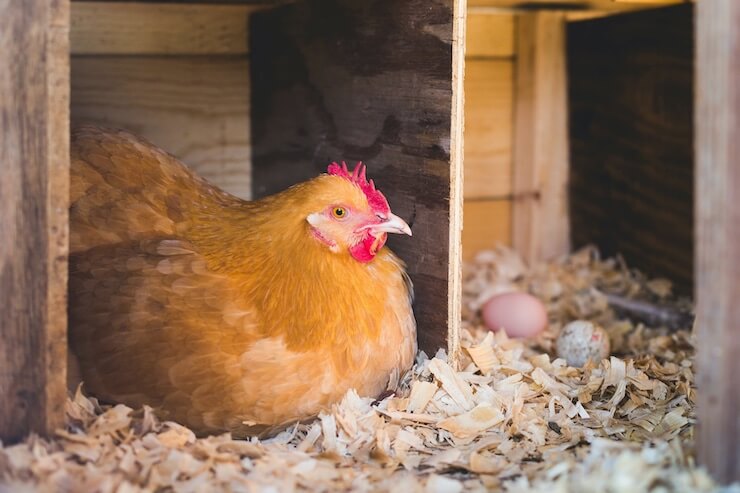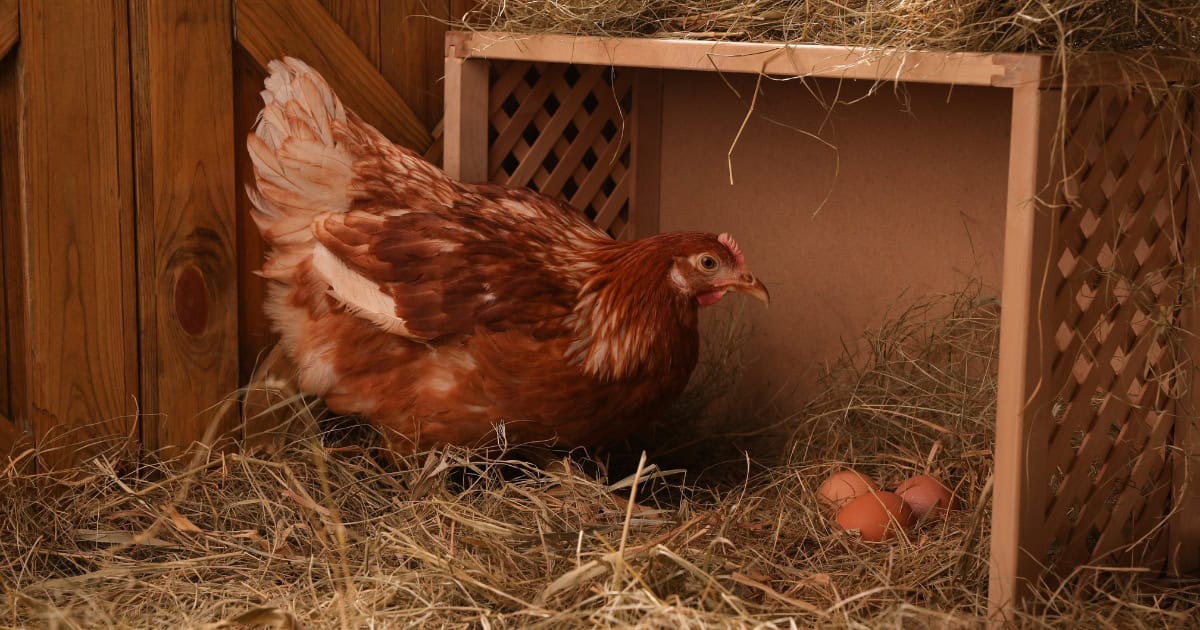When it comes to raising chickens, ensuring they have the right environment to lay eggs is crucial. Selecting the best materials for nesting boxes is one of the most important decisions you can make. The material you choose will affect not only the comfort of your chickens but also the cleanliness and durability of the boxes. In this article, we’ll explore various options and help you decide which materials are best suited for your needs.

Why Choosing the Right Material Matters
Nesting boxes are more than just a comfortable place for your chickens to lay eggs. The right material can help keep your chickens healthy, reduce stress, and improve egg production. Additionally, it can make maintenance easier and prolong the lifespan of the boxes.
Durability and Longevity
The durability of the material is vital for long-term use. You want something that can withstand the elements and the wear and tear of daily use. This ensures that you won’t need to replace or repair your nesting boxes frequently.
Ease of Cleaning
Chickens can be messy, so ease of cleaning is an important factor. Materials that are easy to clean will help maintain a hygienic environment, reducing the risk of disease and parasites.
Popular Materials for Nesting Boxes
Wood
Wood is a classic choice for nesting boxes. It’s widely available, easy to work with, and provides good insulation. However, it can be prone to rot and may require additional maintenance.
Plastic
Plastic nesting boxes are becoming increasingly popular due to their low maintenance and ease of cleaning. They are resistant to rot and can last for many years with proper care.
Metal
Metal is another durable option. It’s sturdy and easy to clean, but it can be cold in the winter and hot in the summer, so proper insulation is needed.
Considerations for Selecting Material
Climate
Your local climate can affect your choice of material. In colder climates, materials that offer good insulation, like wood, might be preferable. In warmer areas, plastic or metal may be more suitable.
Budget
Your budget will also play a role in your decision. Some materials are more expensive than others, so it’s important to find a balance between cost and quality.
Size of Your Flock
The size of your flock will determine how many nesting boxes you need, which can influence your choice of material. Larger flocks may require more durable and cost-effective materials.
Creative DIY Ideas
If you’re feeling crafty, you can create your own nesting boxes using recycled materials. Old crates, buckets, or even furniture can be repurposed into functional and unique nesting boxes.
Using Buckets
Creating nesting boxes from buckets is a popular DIY option. It’s cost-effective and allows for easy cleaning. For a step-by-step guide, you can visit DIY Bucket Nest Box.
Maintenance Tips
Regular maintenance is key to ensuring your nesting boxes remain in good condition. Clean the boxes regularly, check for damage, and make repairs as needed to prolong their lifespan.
Regular Cleaning
Cleaning your nesting boxes regularly will help prevent the buildup of dirt and bacteria. Use a mild detergent and warm water to wash the boxes, and allow them to dry completely before use.
Inspect for Damage
Check your nesting boxes regularly for any signs of damage, such as cracks or splinters. Addressing these issues promptly will prevent further damage and ensure the safety of your chickens.
Where to Place Your Nesting Boxes
The location of your nesting boxes can affect the comfort and productivity of your chickens. Place them in a quiet, comfortable area of your coop, away from the hustle and bustle of the main flock.
Accessibility
Ensure that your nesting boxes are easily accessible to your chickens. They should be placed at a height that allows chickens to enter and exit comfortably.
Lighting
Chickens prefer to lay eggs in dimly lit areas. Consider adding curtains or positioning your nesting boxes in a shaded part of the coop to create a more inviting environment.
Conclusion
Choosing the best materials for nesting boxes is essential for the health and productivity of your chickens. Consider factors such as durability, ease of cleaning, and climate when making your decision. Whether you opt for wood, plastic, or metal, or decide to get creative with DIY options, the right nesting boxes will contribute to a happy and healthy flock.

FAQ
What is the best size for a nesting box?
The ideal size for a nesting box is about 12 inches by 12 inches. This provides enough space for the chicken to lay comfortably without being too large.
How many nesting boxes do I need?
A good rule of thumb is to have one nesting box for every 3-4 hens. This helps prevent overcrowding and ensures that each chicken has a place to lay her eggs.
Can I use straw in nesting boxes?
Yes, straw is a popular choice for lining nesting boxes. It’s comfortable for the chickens and easy to replace when soiled.
For more information on brooder care and setup, visit Brooder Setup Tutorial, Space-Saving Brooder, or Mixed Flock Care.
This article contains affiliate links. We may earn a commission at no extra cost to you.











